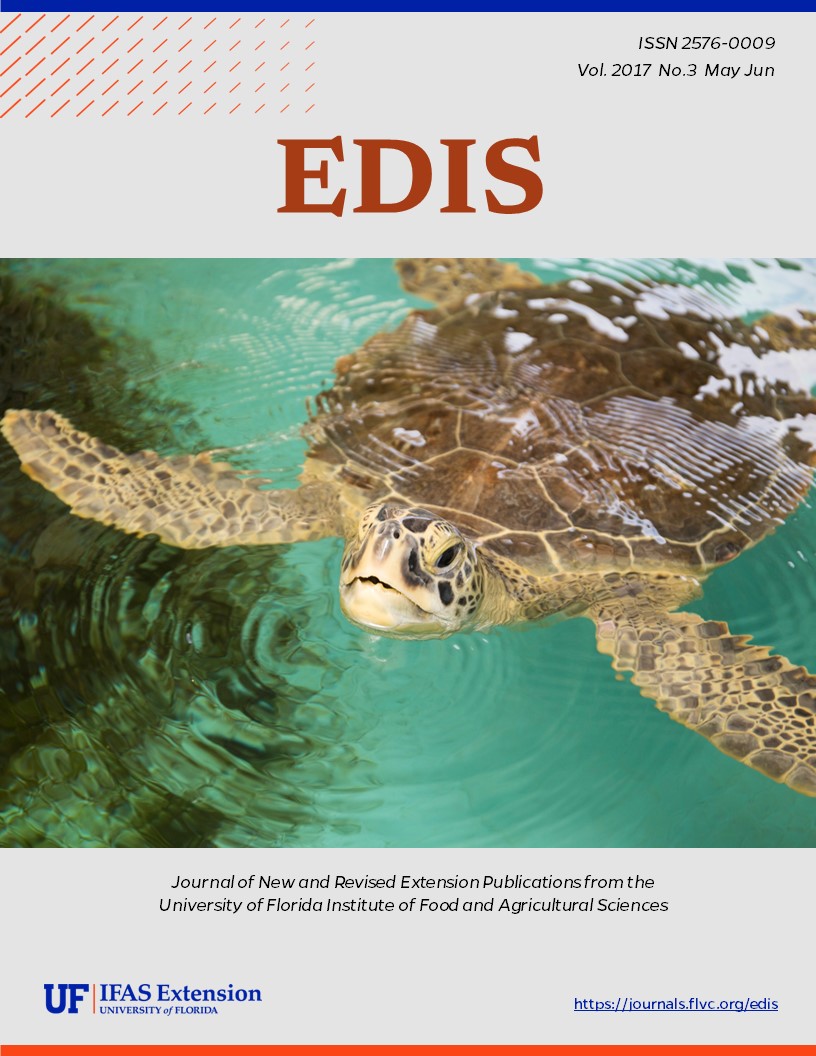Resumen
This 3-page document provides an outline of important resources to help in the development and sustainability of a school garden program. Resource categories include Extension support, garden planning, curricula, and funding. Written by John M. Diaz and Erin Elsberry, and published by the Agricultural Education and Communication Department, May 2017.
Citas
Graham, H., & Zidenberg-Cherr, S. (2005). California teachers perceive school gardens as an effective nutritional tool to promote healthful eating habits. Journal of the American Dietetic Association, 105(11), 1797-1800. https://doi.org/10.1016/j.jada.2005.08.034

